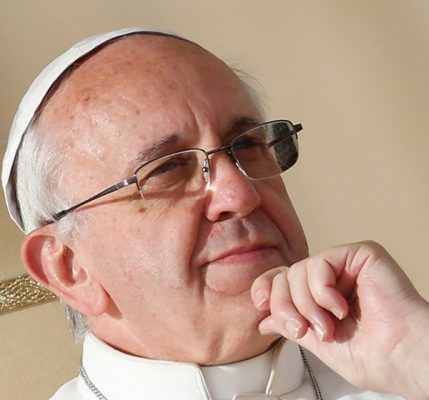The Path To A Better Future

___________________________________________________ March, 2021
Imagining the Future
That is what Pope Francis has asked us to do in a new book entitled, Let Us Dream. The Path To A Better Future (Simon & Schuster, 2020). It is divided into three parts: “A Time to See,” “A Time to Choose,” “A Time to Act.” Or in his own words, “Contemplate, Discern, Propose. “First, look at reality, however uncomfortable, above all the truth of the suffering in the margins of society. Second, discern the different forces at work, distinguishing what builds up from what destroys, what humanizes from what dehumanizes, and thus choose what is of God, rejecting the opposite. Finally, propose fresh thinking and concrete steps that stem from the diagnosis of what ails us and how we might act differently. (pp. 142-143)
Contemplating
Despite the broad, global vision of the book, it includes concrete, practical suggestions that apply to the local level. “To go to the margins in a concrete way,” exhorts the pope, “allows you to touch the suffering and the wants of a people but also allows you to support and encourage the potential alliances that are forming.” (12) What does that mean for a parish community, especially one that is beginning to regroup following the pandemic? Can people, fresh from lockdowns and aloneness, see how others are still suffering and neglected? The pastor, staff and leaders are in a position to turn the gaze of parishioners to something greater than themselves. “What the Lord asks of us today,” the pope commented, “is a culture of service, not a throwaway culture. But we can’t serve others unless we let their reality speak to us.” (15) The challenge is to bring the awareness of those on the margins to the center of parish life. “Who are they.” “Where are they?” “What are they asking of us?” These questions are not for that small portion of the parish that responds to those seeking help; it’s for the whole community to contemplate and ponder.
Discerning
Once the information flows in and the entire parish has a chance to digest what has been discovered, the next step it to make choices. “We can start to discern, to see new possibilities, at least in the little things that surround us, or that we do each day. And then, as we commit to those small things, we start to imagine another way of living together, of serving our fellow beloved creatures. We begin to dream of real change, change that is possible.” (20) Many people, not just a few in leadership, need to be included in the discerning process. This has happened in the universal Church through Synods where many diverse groups come together to reach a consensus. The same process could happen on the parish level. “Synods produce intense discussion, which is good:” the pope states, “they involve different reactions and responses to those who think differently.” (85) He goes on to say, “Most important of all is the synodal spirit: to meet each other with respect and trust, to believe in our shared unity, and to receive the new thing that the Spirit wishes to reveal to us.” Discerning is hearing God’s voice in us all.
Proposing
After “pondering” how the community might connect with those on the margins and “discerning” what are possible ways to do this by narrowing the options down to the few that show promise, then. comes the final step of translating ideas into “action.” But connecting with those on the margin is a two-way street. As the pope mentions, “The homeless have the dignity to sit at our table, to feel ‘at home’ among us, to feel part of the family. This is the sign that the Kingdom of Heaven is in our midst.” (113) He also says, “Hidden there [on the margins] are ways of looking at the world that can give us all a fresh start. We cannot dream of the future while continuing to ignore the lives of practically a third of the world’s population rather than seeing them as a resource.” (119) This is the path to a better parish future.


